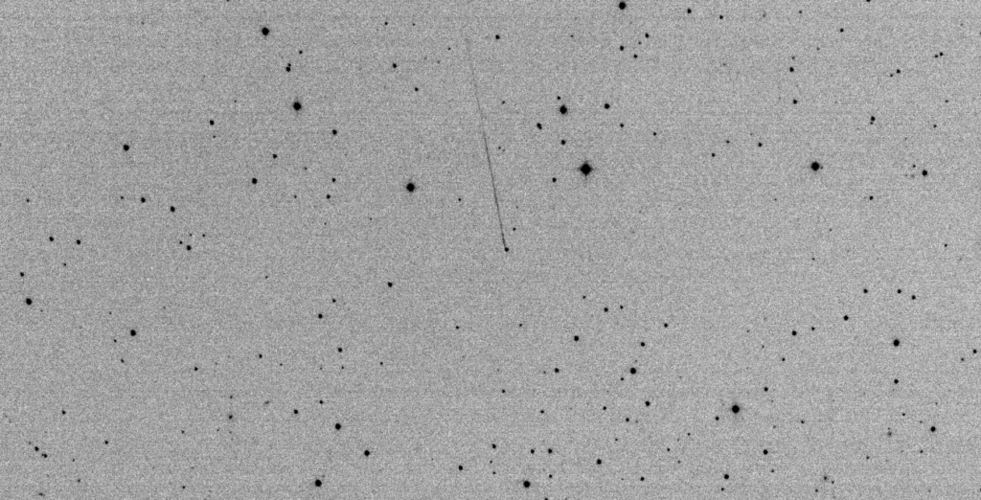What were you doing last Saturday? As it turns out, I was doing something rather unexciting… Trying to fix my washing machine (I did – in case you are interested). At the same time, Hungarian geography teacher by day and asteroid hunter by night Krisztián Sárneczky was out observing and detected a small asteroid which it transpired was on a collision course with Earth!
Spotting asteroids is a tricky business. Not least because they are typically dark in colour against a very black sky but the sky is quite a big place and spotting a tiny dark object against a massive black sky is worse than looking for a needle in a haystack!
Unperturbed by the statistics and likelihood of actually discovering one, Sárneczky regularly scours the sky looking for asteroids and supernova at the Konkoly observatory in Budapest, Hungary. He was engaged in this very task last Saturday night (20th January) at 22:48 CET (21:48 UT) when he spotted a new asteroid using a 0.6m Schmidt Telescope. Any discovery of this sort requires swift action to get the data over to the Minor Planet Center (MPC) who co-ordinate observations from astronomers around the World.
Sárneczky only had three observations when he submitted the data but continued to observe and over the course of the following minutes secured four more observations which he passed over realising it was heading straight for Earth. The actions that follow any such discovery like this are that the MPC alert others for follow up observations. Astronomers and automated impact monitoring systems including the European Space Agency’s wonderfully named ‘MeerKAT’ system sprang into action and more observations came in.

With more data, came more accuracy and thankfully the knowledge the the impactor was only about a metre across and due to impact just west of Berlin in Germany. It is not unusual for asteroids of this size to hit Earth indeed, we get them every couple of weeks but they generally burn up in the atmosphere and pose no threat. Larger asteroids that do pose a threat are thankfully much rarer. Larger objects are also easier to spot so the majority have already been spotted and are already being tracked but there are automated searches and individuals like Sárneczky who are always on the look out.
The asteroid, which is now known as 2024-BX1 hit the Earth’s atmosphere just a few hours after discovery at 01:32 CET (00:32 UT) on Sunday morning the 21st January, 50km to the west of Berlin. It burned up, leaving a fabulous streak across the sky which people witnessed as a fireball even being spotted over here in the UK.
Worryingly it is actually quite an unusual thing for asteroids to have been discovered before they impact our atmosphere. Only eight have been spotted with the first back in 2008. The difficulty of course is to find them early enough to give us time to understand their trajectory and size to understand what level of threat they pose to us. I should add there are no known asteroids on a collision course with Earth and fortunately there are people like Sárneczky and a number of automated search systems out there on the lookout for the next one.
Source : Asteroid 2024 BX1 spotted three hours before impact

